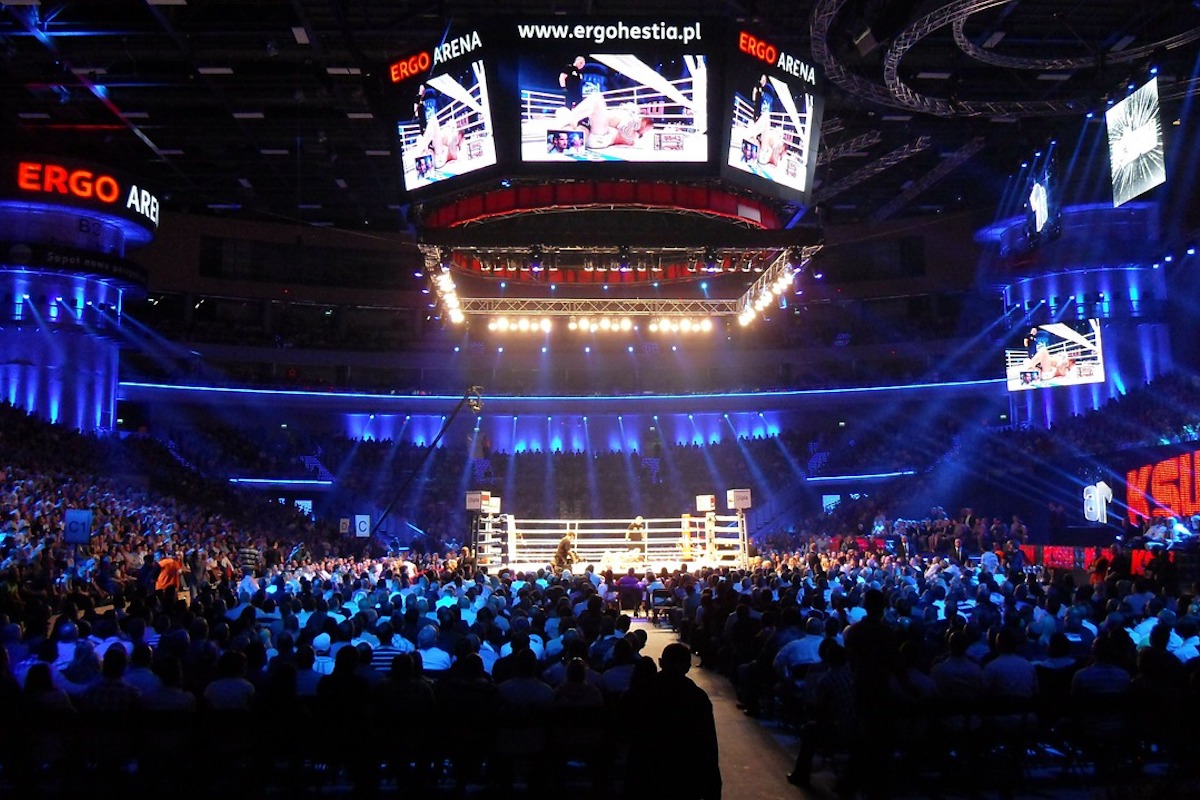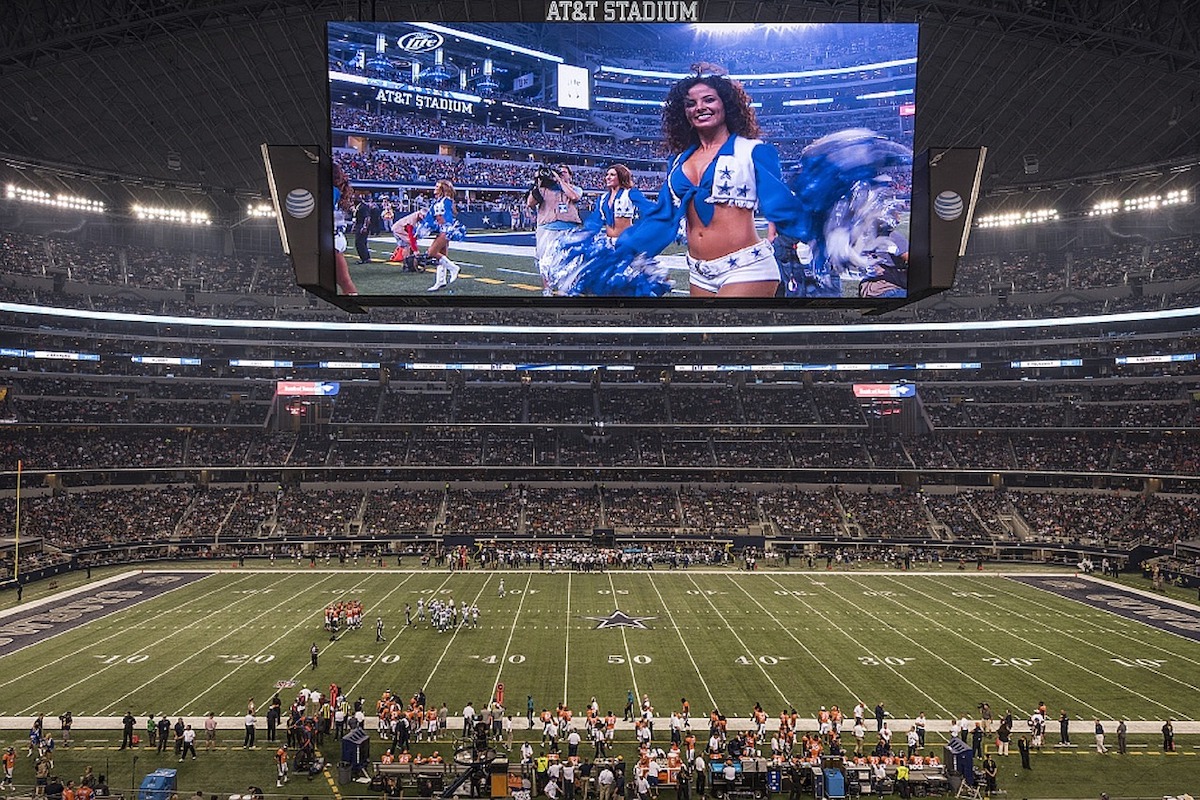Enhancing the Experience at Sports Stadiums
Owners of a sports team and stadiums, have objectives that can be expressed as two basic essentials: First, to attract spectators to your stadium, and second, to provide them with world-class sporting entertainment. However, accomplishing these objectives is not always an easy matter. As digital technology advances, people’s tastes in entertainment evolve. Real-life experiences can sometimes no longer compete with high-definition television in one’s own comfortable home environment.
At TechWaste Recycling, we have observed that university and professional sports stadiums alike are responding to this shift by incorporating digital displays large and small to enhance the spectator experience. Additionally, many are rethinking how they light the stadiums in the interest of fulfilling their responsibilities to their neighbors and to the environment while becoming more efficient in terms of energy consumption and cost.


Stadium Digital Displays
Since the dawn of the 21st century, you would be hard-pressed to find a professional sports venue that still uses scoreboards illuminated with incandescent bulbs. These have gone by the wayside at many university stadiums as well in favor of LED or similar displays. Not only are these more efficient, but they are also more versatile.
Additionally, jumbotrons and other large-screen video displays have become more commonplace in stadiums over the last 30 years or so to bring spectators close to the action no matter where they are seated in the stadium. These originally made use of cathode-ray tubes but eventually switched to LED displays after light-emitting diodes were developed that could reproduce the color blue.
However, large digital displays are no longer enough. To compete with the draw of increasingly inexpensive HDTV screens and all the other comforts of home, stadiums are now integrating large and small digital displays in just about every corner of the stadium. These displays not only show game play, they also convey important information about the game, emergency procedures, seating, and so on. The goal is to provide a unique experience beyond what home viewing can offer.
Sports Stadium Lighting
Perhaps it goes without saying, however, that the more prolific digital displays are worthless unless the field is properly illuminated so that the video can be transmitted to the various screens.
In the days before electric lighting, spectator sports had to be played during the daytime to take advantage of the natural sunlight. This was very inconvenient for laborers and students who attended work or school during the day.
In 1880, a group of department store employees from Boston made history when they played an amateur baseball game under 12 electric arc lamps housed in three towers. Stadium owners and team managers soon realized the potential of artificial lighting for night games. Before long, stadiums all over the country were installing floodlights to illuminate night games and draw spectators at a time that was more convenient to the average worker’s schedule.
There are two basic types of lamps currently used in floodlights at sports stadiums: metal-halide lamps and light-emitting diodes. Metal-halide lamps work by passing an electric current through a gaseous mixture contained in the bulb. These are still more common in stadium lighting than LEDs despite the fact that the chemicals they contain are sometimes toxic and they sometimes explode at the end of their useful life. LEDs represent a greater initial expenditure but provide more uniform light, cost less to run, and last longer.
Stadium lights present another environmental concern: light pollution. Fortunately, recent developments allow stadium managers to confine the light where it is needed without allowing it to disperse into nearby areas where it can cause trouble.
Sports Stadium and Arena Electronic Equipment
A number of other types of electronic equipment are found in stadiums and sports arenas, including but not limited to the following:
- Microphones/loudspeakers
- Video and still cameras
- Radar equipment
- Microwaves and other concession devices
- Point-of-sale equipment (e.g. cash registers and card readers)
- Automatic pitching machines
Embrace New Innovations With Confidence
TechWaste Recycling has provided electronic disposal services in Southern California, including all major studios, for approximately two decades. Contact us for more information or to schedule a free pickup.
Enhanced Sports Stadium Equipment Disposal
At TechWaste Recycling, we share your commitment to improving customer experience. The sports experience for fans, owners, and players is nothing if not ever evolving to bring the latest innovations. Old, discontinued, last years models, or those beat up electronic devices that stadiums no longer use, need proper disposal and recycling. That is why we provide free pickup for stadiums and arenas from across the country. Additionally, we handle large electronics and sensitive data in a way that is secure and environmentally responsible. Contact us today for more information.










































